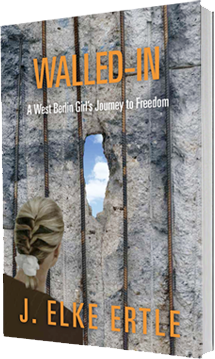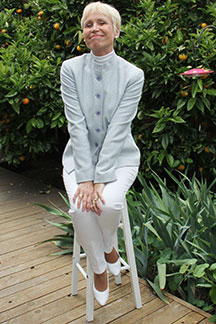The former Sachsenhausen-Oranienburg concentration camp, now a memorial site, is located about 20 miles north of Berlin, on the edge of the small town of Oranienburg https://www.walled-in-berlin.com/j-elke-ertle/oranienburg-city-of-unexploded-bombs/
Between 1936 and 1945, more than 200,000 detainees, both men and women, passed through its gate. The prisoners were mainly political opponents, but also Soviets, Jews, Sinti and Roma, homosexuals, Jehovah’s Witnesses, alcoholics, drug addicts and citizens of occupied European countries. Many of the inmates lost their lives in the camp. I visited that camp, now a museum, in 2019 and felt deeply ashamed when I saw the pictures and the evidence of what human beings are capable of doing to other human beings whom they see as inferior. To me, the implications go beyond Nazi Germany.
Layout of the Sachsenhausen-Oranienburg camp
Sachsenhausen was intended to set the standard for other concentration camps, both in design and in the treatment of prisoners. The main gates to Sachsenhausen bear the infamous slogan “Arbeit macht Frei “ (work makes you free). Located behind that gate was a parade field where prisoners reported for morning and evening roll call. Barrack huts radiated in four arches around the parade ground. The site was triangular in shape so that a single guard could oversee all of the barracks from the main tower, and a single machine gun could cover the prisoners. The perimeter of the compound consisted of a 10-foot-high stone wall on the outside and an electric fence on the inside, which was patrolled by guards with dogs.

Front Gate to Sachsenhausen-Oranienburg concentration camp with “Arbeit macht frei” slogan. photo © J. Elke Ertle, 2019. www.walled-in-berlin.com
Purpose of the Sachsenhausen-Oranienburg camp
Sachsenhausen-Oranienburg served as a forced labor camp as well as a training center for Hitler’s Schutzstaffel officers (protection squadron). In the beginning, the camp was used to perfect the most efficient execution method for use in Nazi death camps. Later, small-scale methods progressed into large-scale deaths in gas chambers. Some of the prisoners worked in close by brickworks to produce building blocks for Hitler’s vision for his model city, Germania. https://www.walled-in-berlin.com/j-elke-ertle/germania-hitlers-utopian-quest/ Others worked in a currency counterfeiting unit that produced fake British £5, £10, £20 and £50 notes with the plan to drop them over London to disrupt the British economy. Still others tested the resilience of soles for the German shoe industry. Inmates were also to aid in the war effort by producing parts for industrial giants like AEG, Siemens and Heinkel.

Sachsenhausen-Oranienburg concentration camp – Main building with Tower A. Photo © J. Elke Ertle, 2019 www.walled-in-berlin.com
Sachsenhausen following World War II
Since it was located within the Soviet Occupation Zone, the Soviets took over Sachsenhausen in 1945 and initially continued to use it as a concentration camp. Then it served the East German Volkspolizei (People’s Police) for a while, and in 1961, while still in the Soviet Occupation Zone, the Sachsenhausen-Oranienburg camp became a national memorial. After German reunification, https://www.walled-in-berlin.com/j-elke-ertle/german-reunification/ the former concentration camp became a museum site and has been open to the public since 2015.
Most prominent prisoner in Sachsenhausen-Oranienburg
Joseph Stalin’s oldest son, Yakov Dzhugashvili was captured in 1941 and was imprisoned in Sachsenhausen. Stalin treated him like any other Soviet soldier and did not give him a cushy job at Headquarters but rather put him on the front line of the war. When the Nazis captured him, they intended to exploit him for propaganda purposes or to use him for a prisoner swap. Both plans failed because Yakov did not cooperate. In 1943, he threw himself at the camp’s electric barbed wire fence and was shot dead by a guard.
https://www.rbth.com/history/332880-why-didnt-stalin-rescue-his-son
For a sneak peek at the first 20+ pages of my memoir, Walled-In: A West Berlin Girl’s Journey to Freedom, click “Download a free excerpt” on my home page and feel free to follow my blog about anything German: historic and current events, people, places and food.
Walled-In is my story of growing up in Berlin during the Cold War. Juxtaposing the events that engulfed Berlin during the Berlin Blockade, the Berlin Airlift, the Berlin Wall and Kennedy’s Berlin visit with the struggle against my equally insurmountable parental walls, Walled-In is about freedom vs. conformity, conflict vs. harmony, domination vs. submission, loyalty vs. betrayal.








